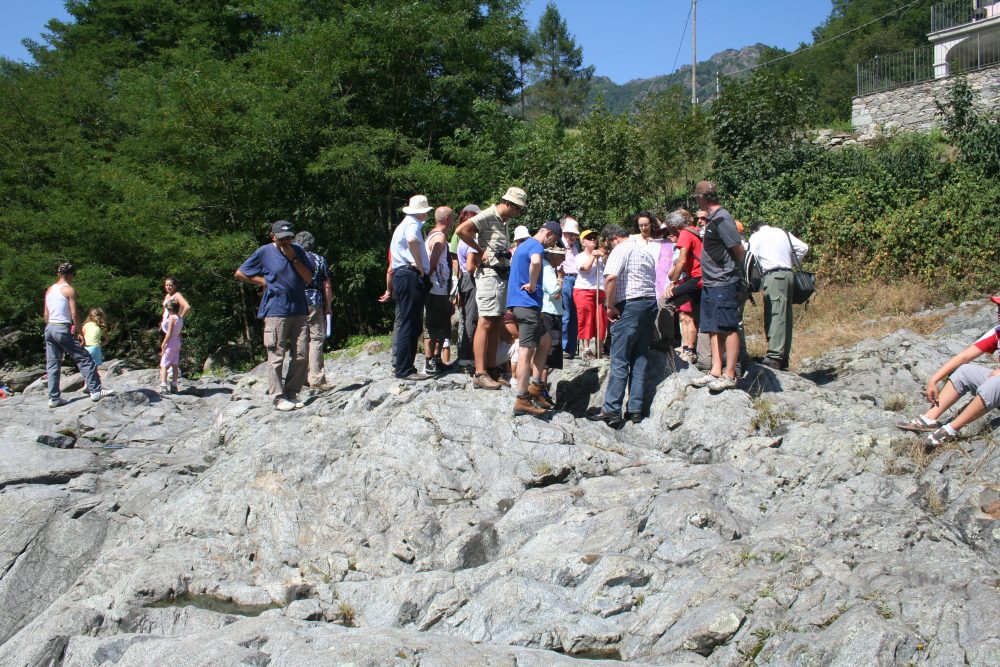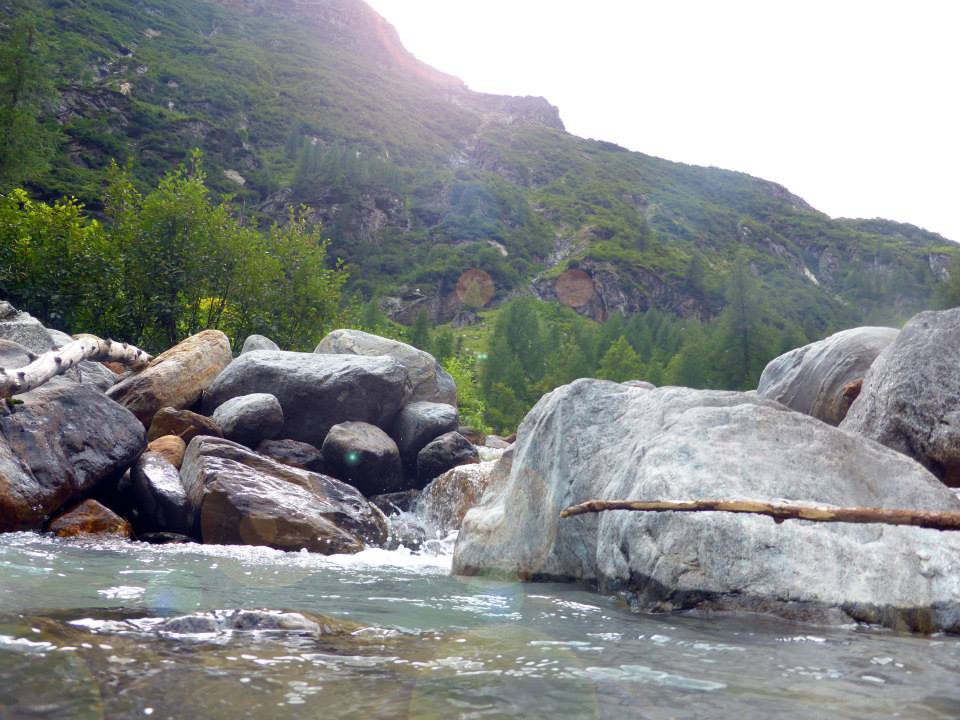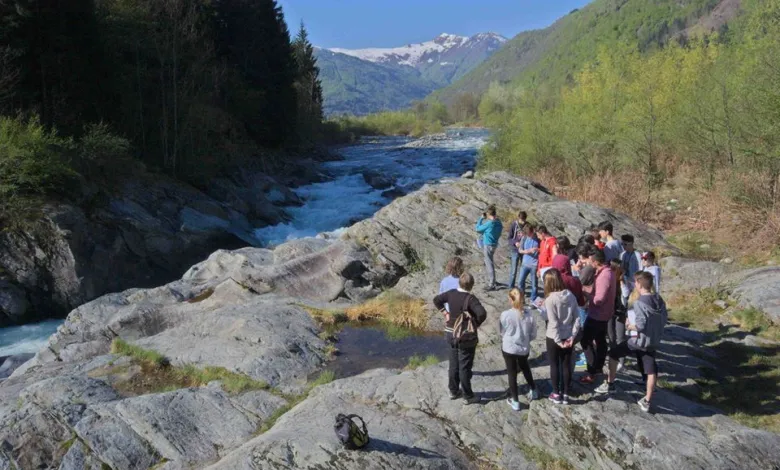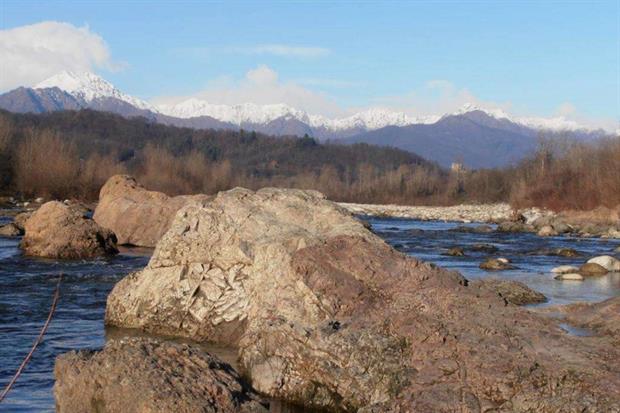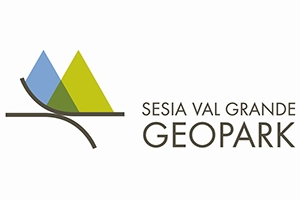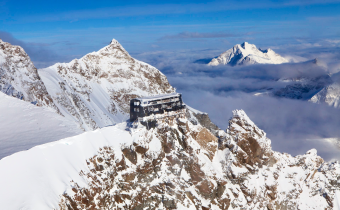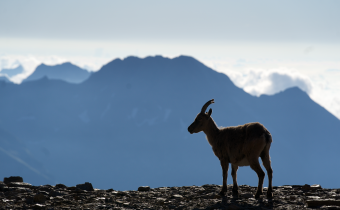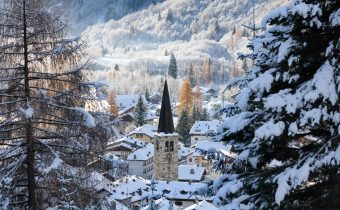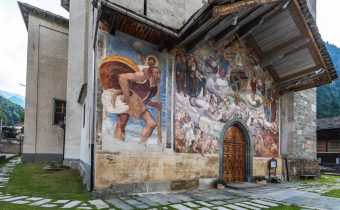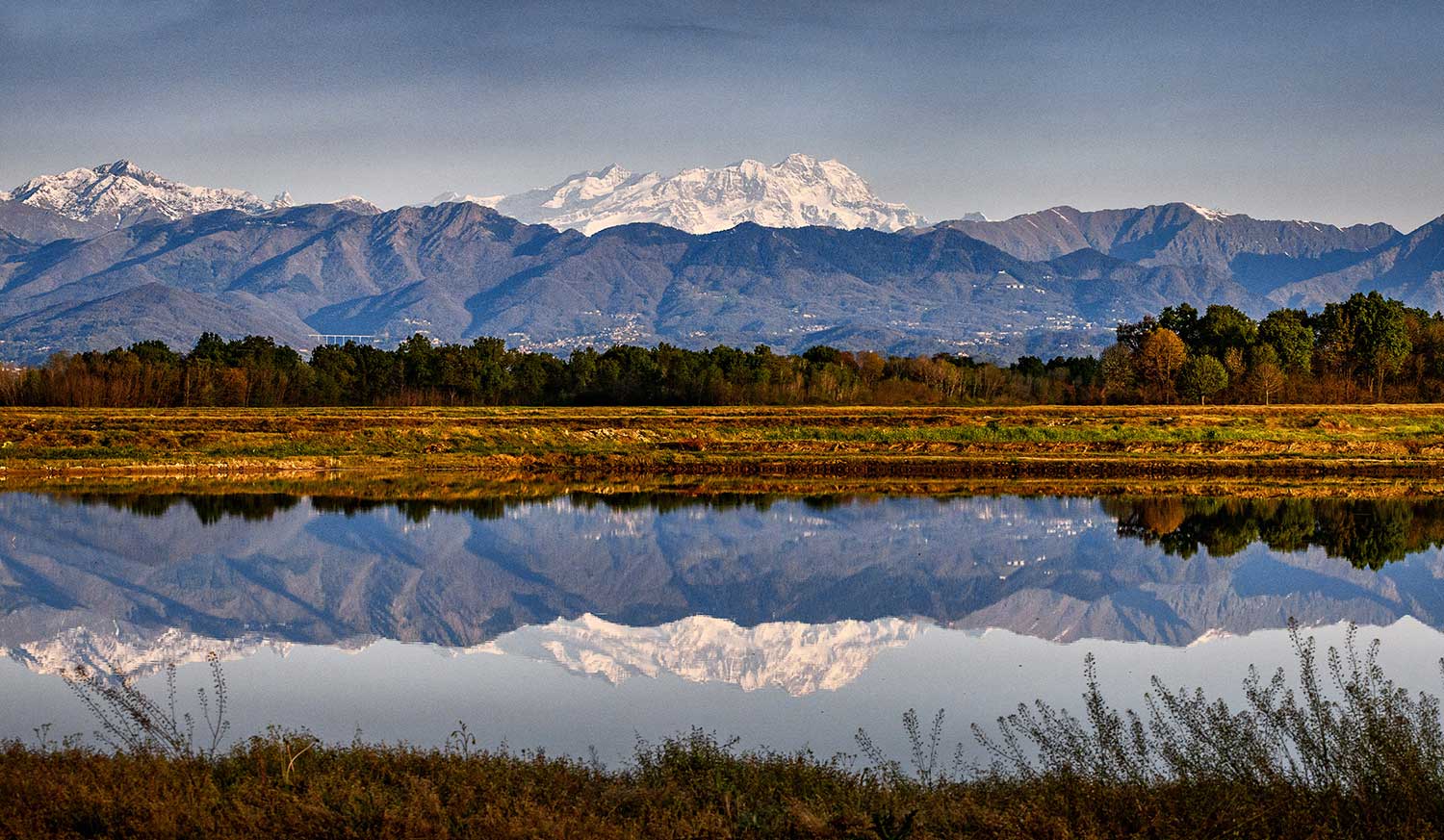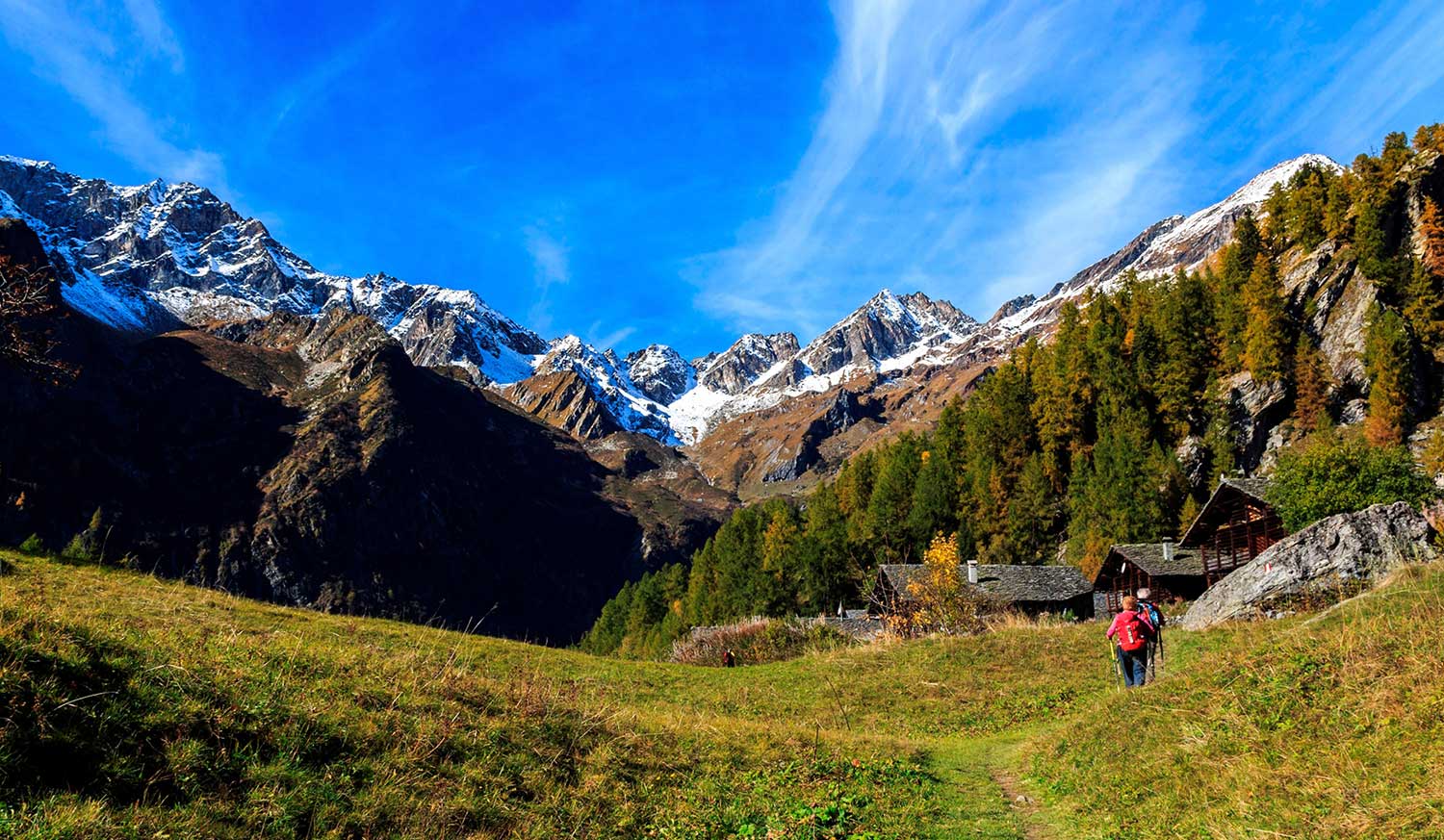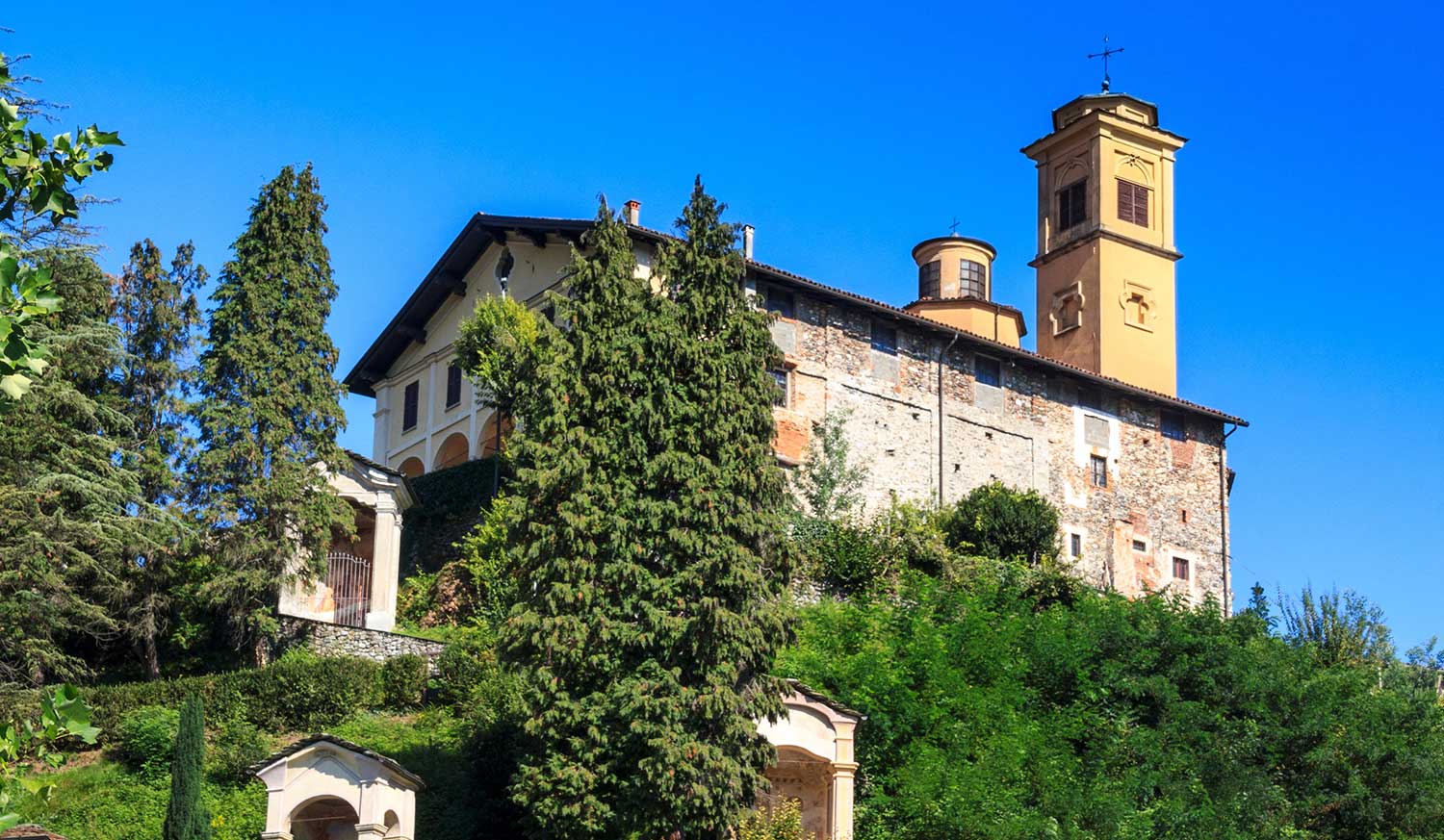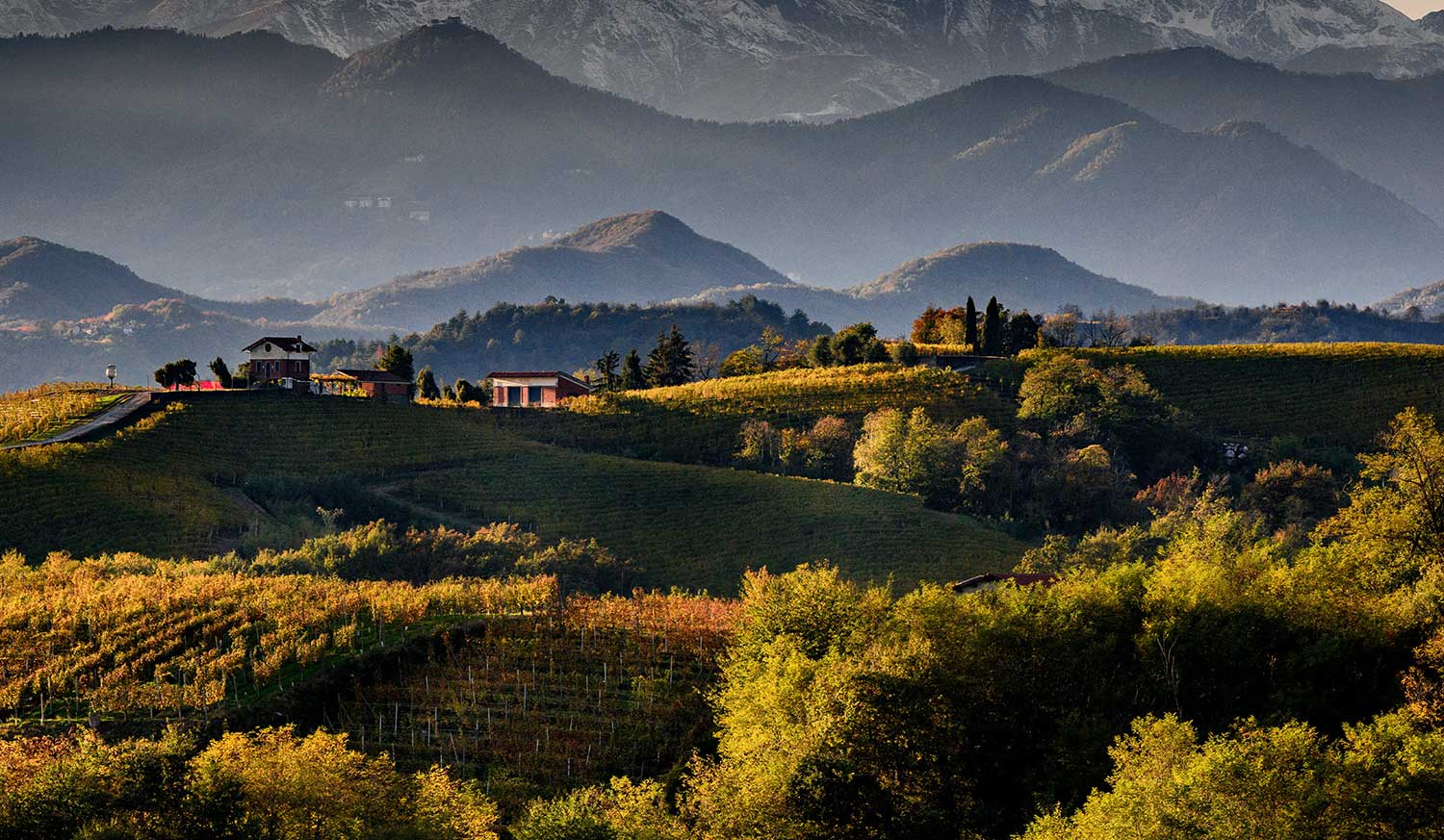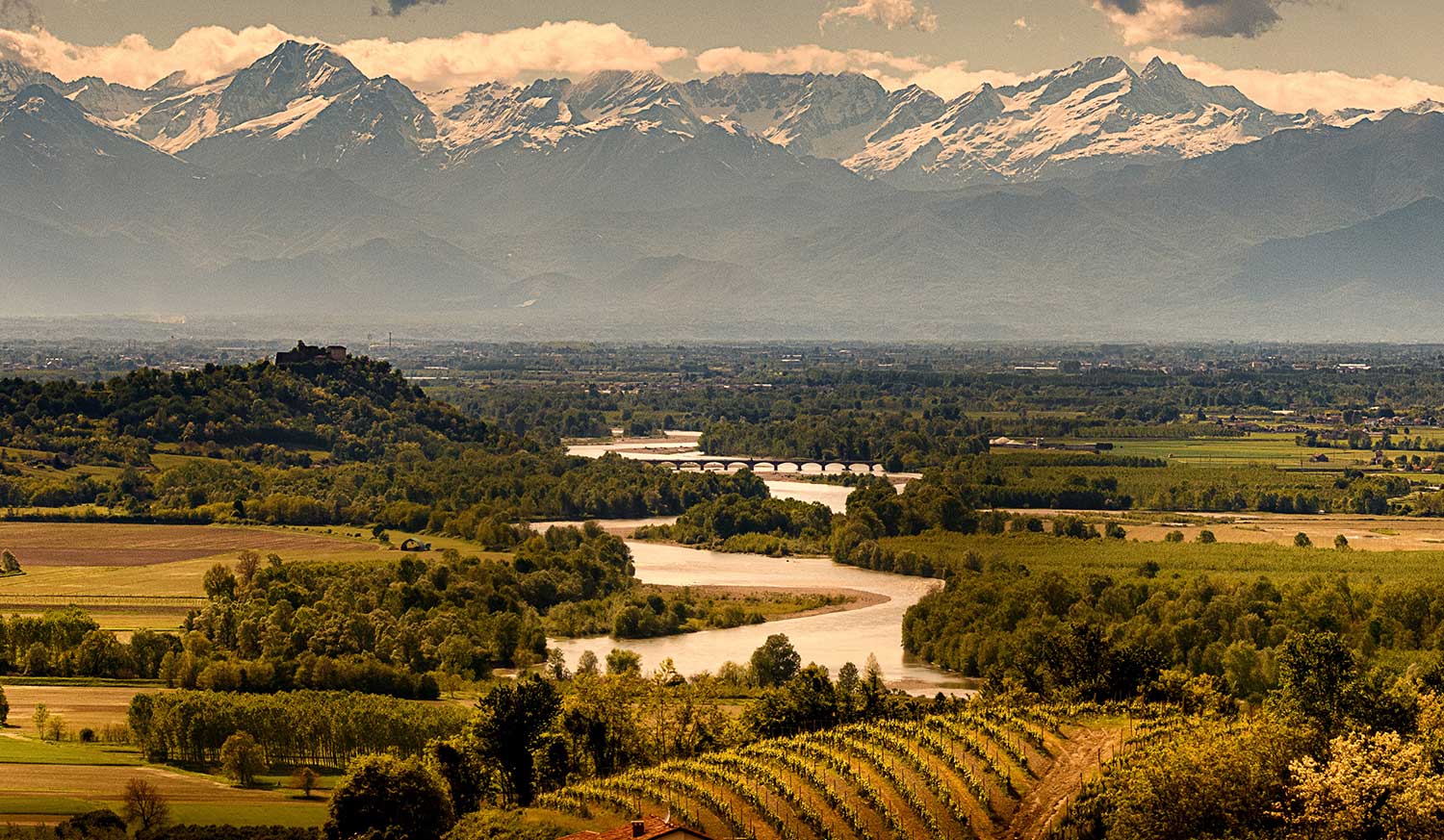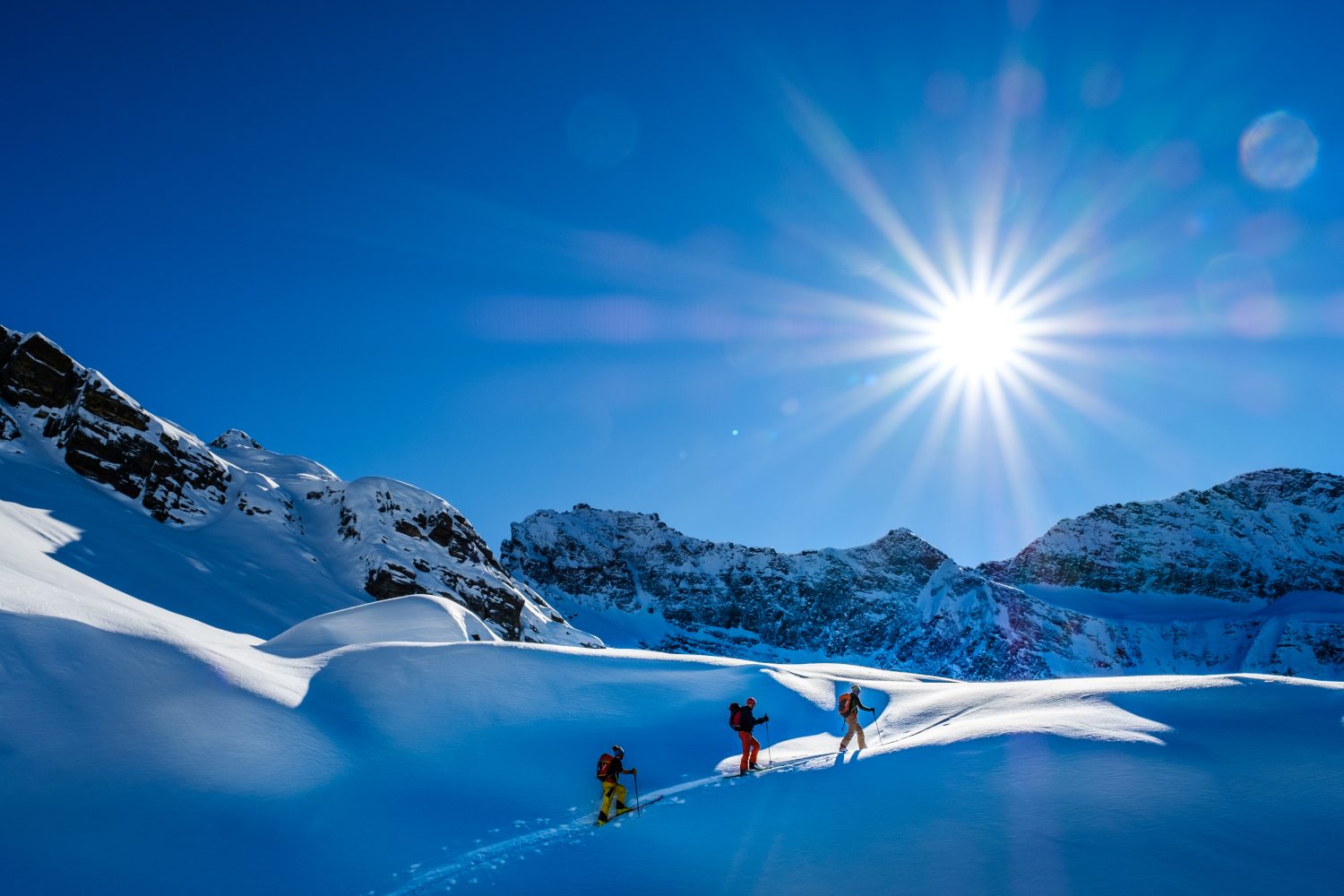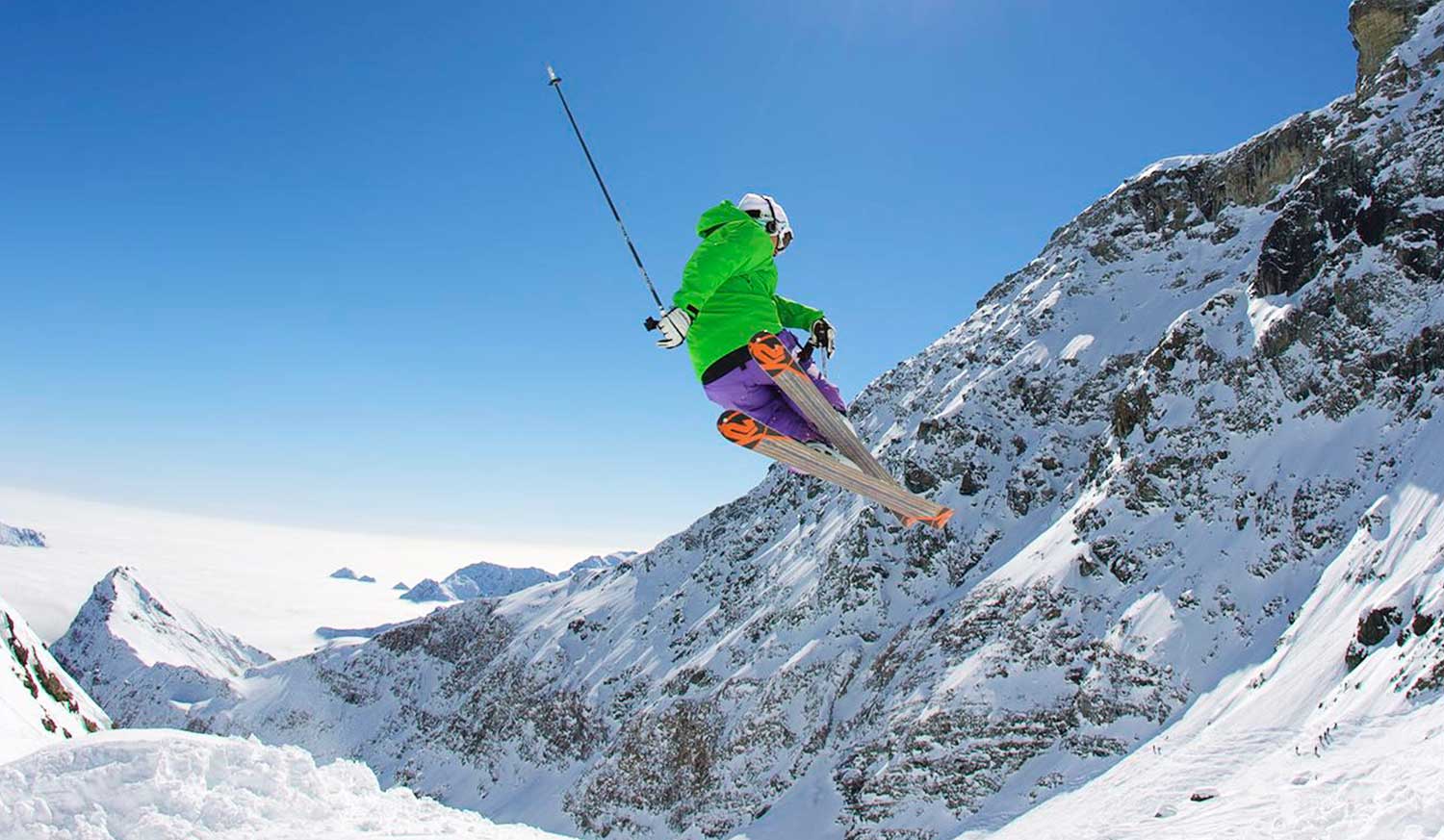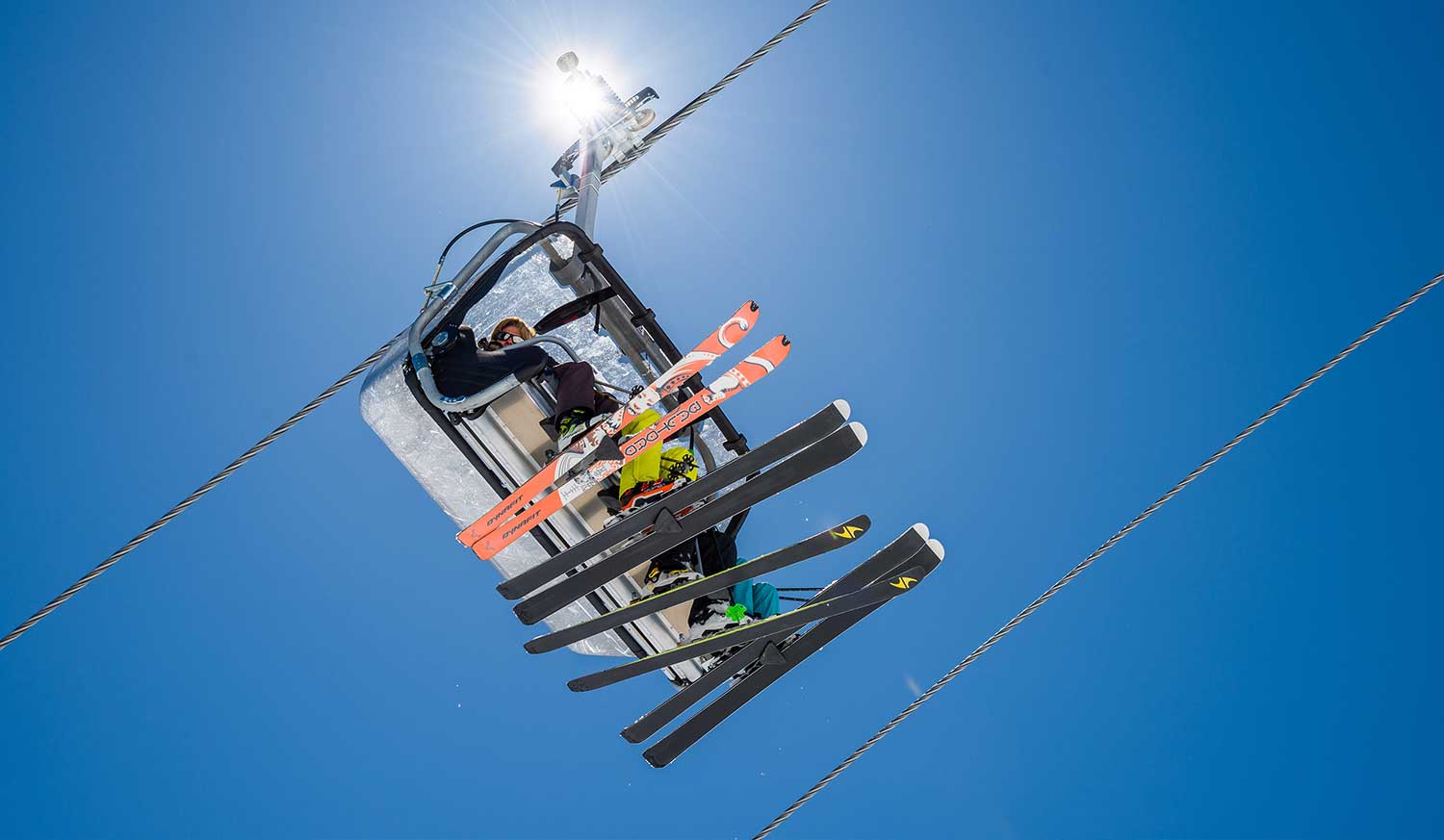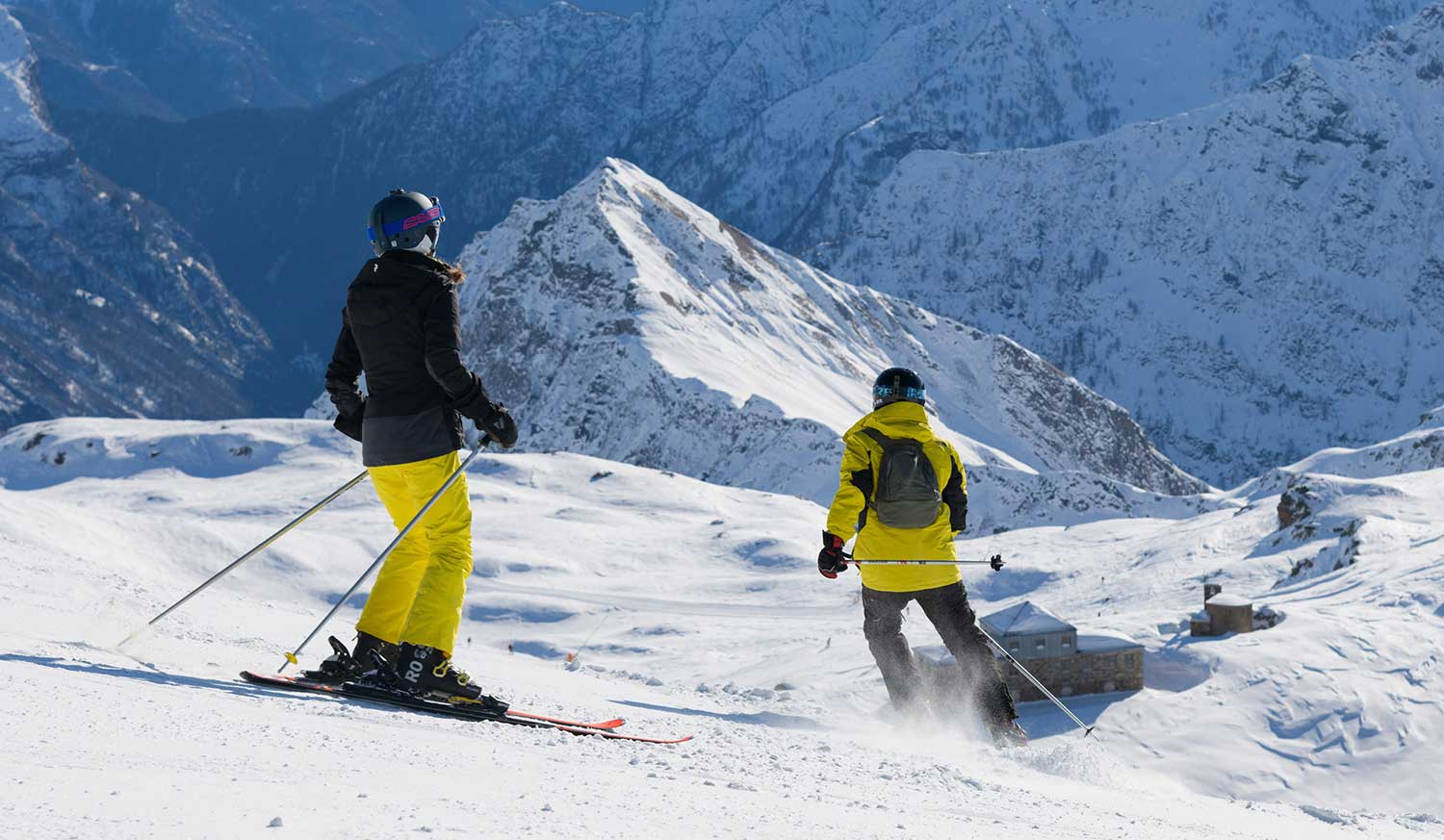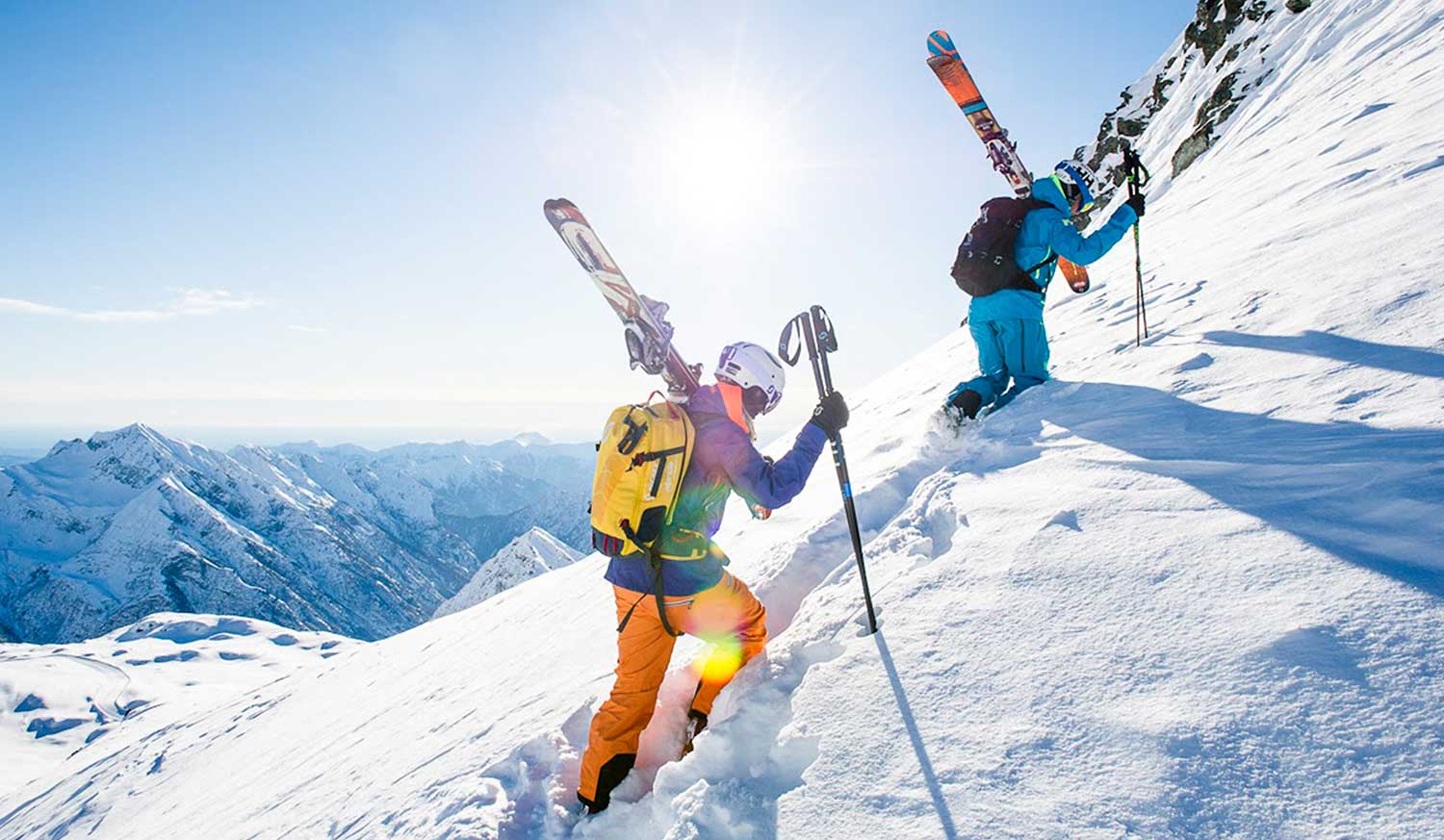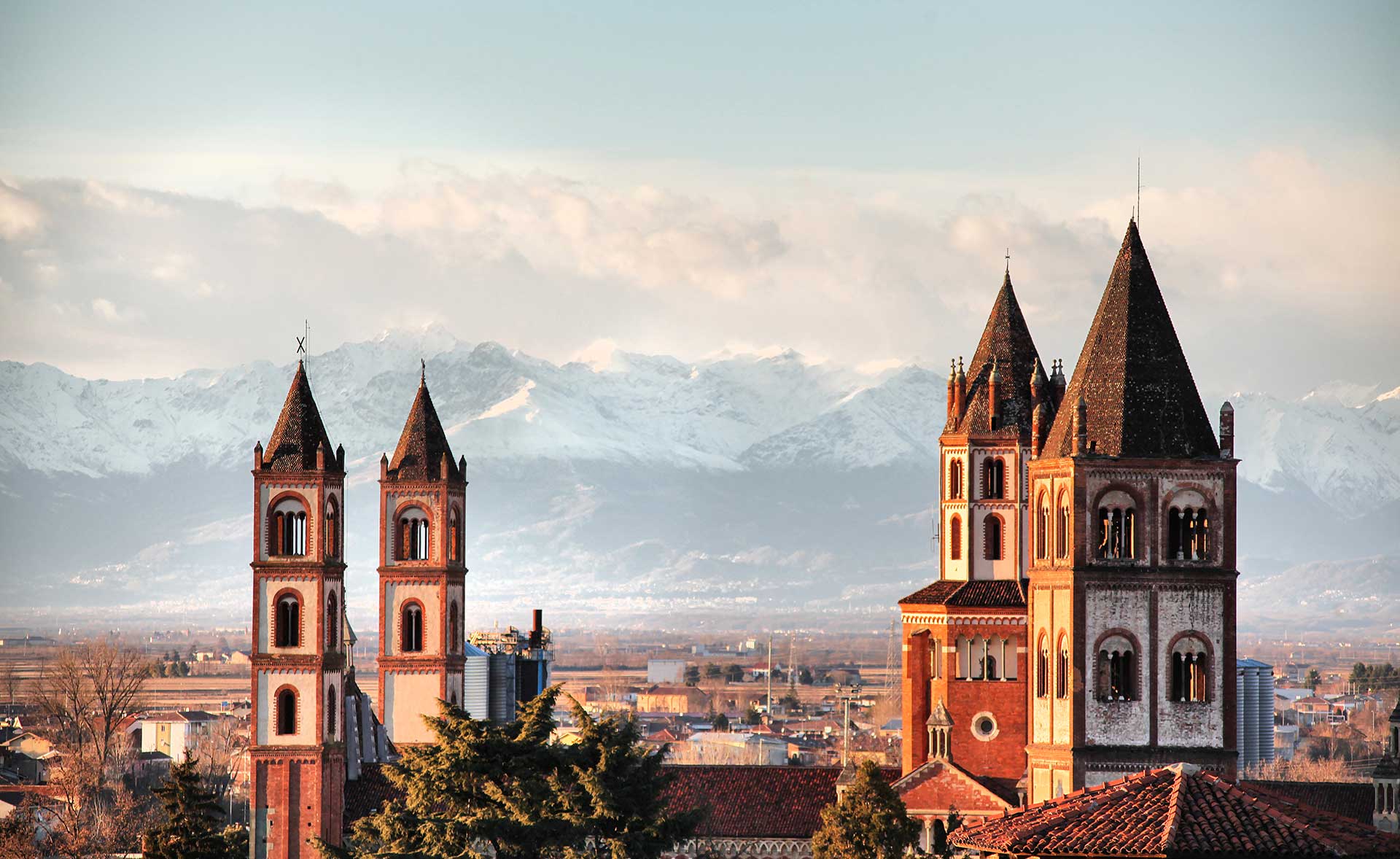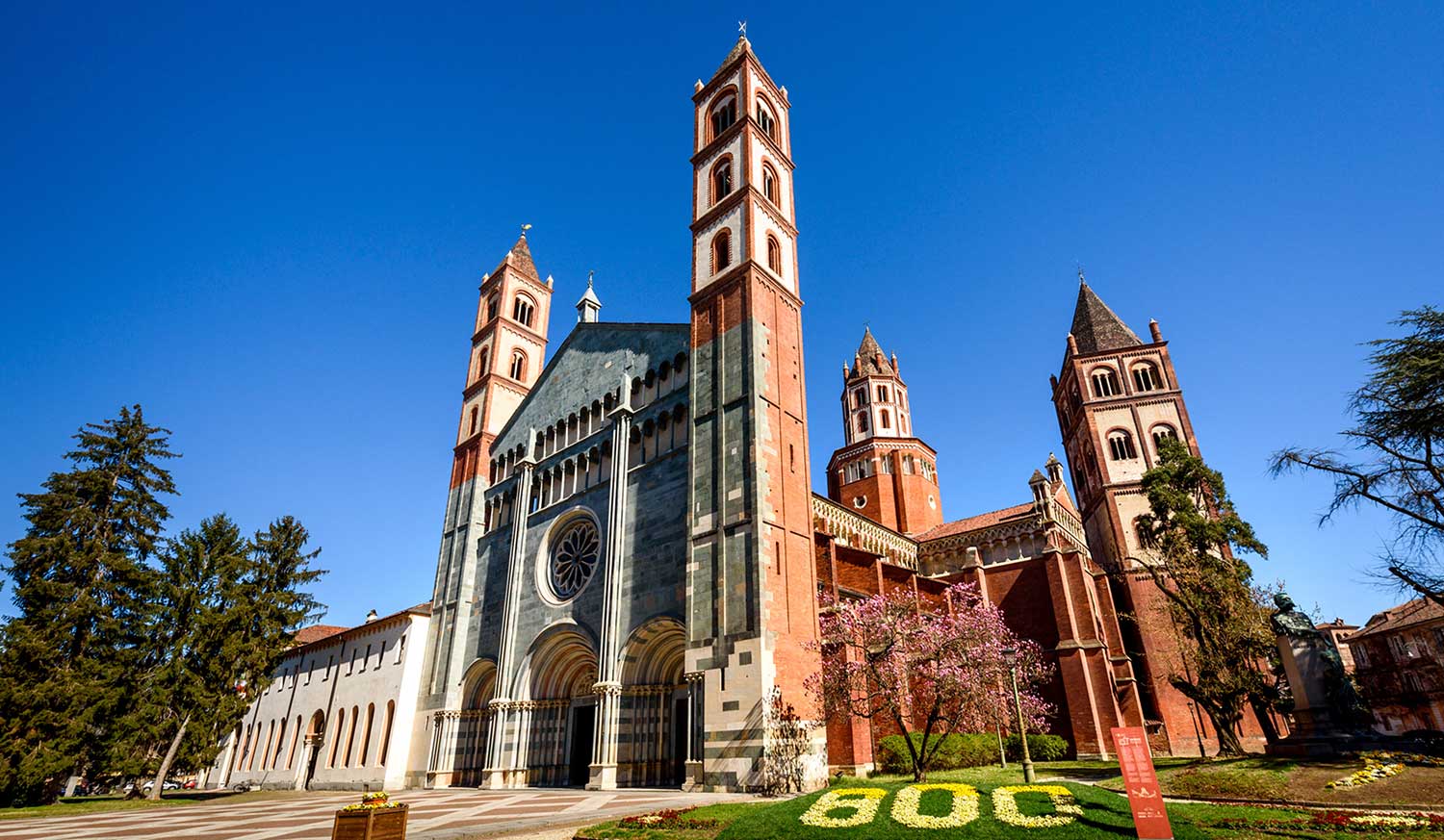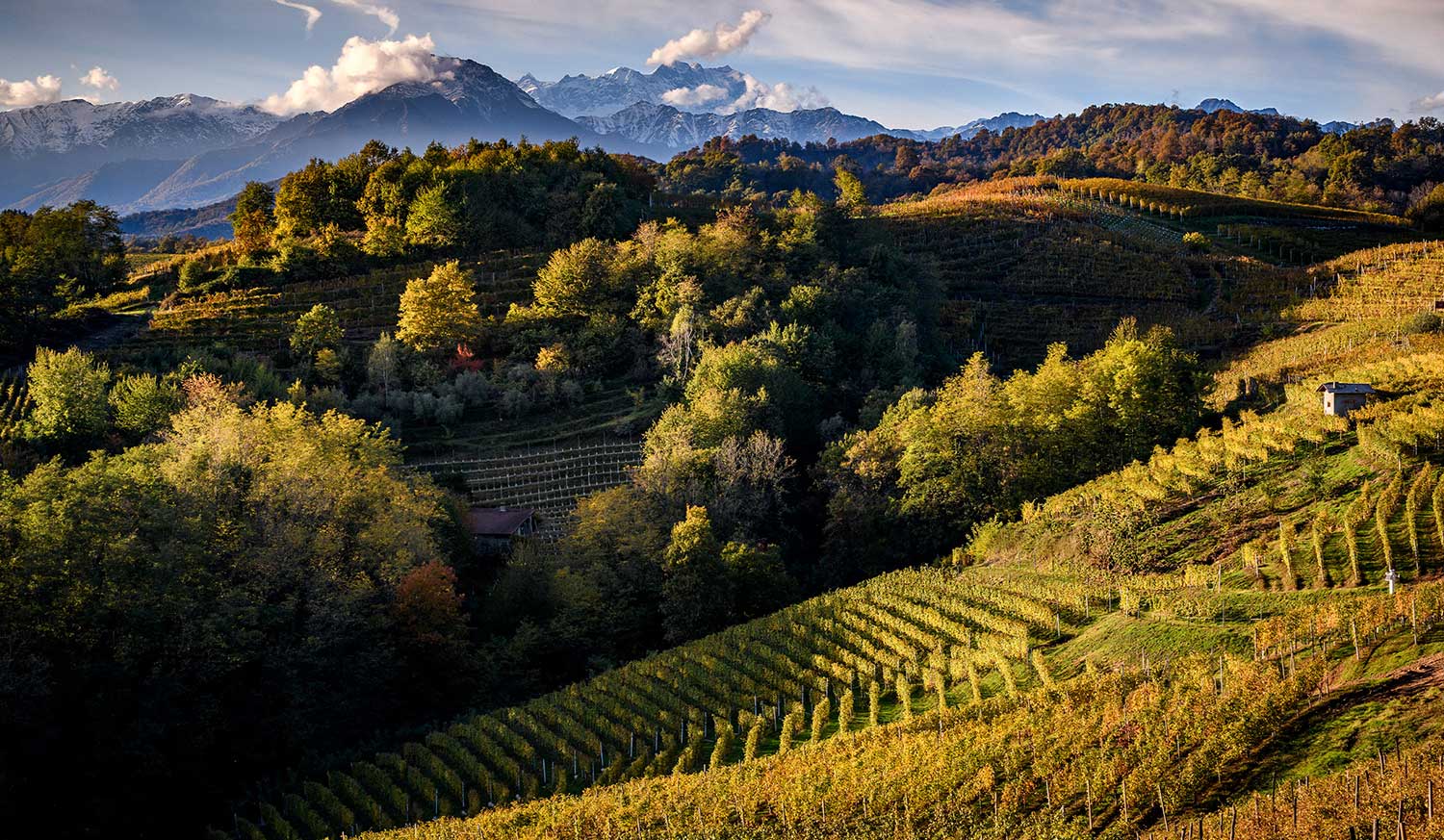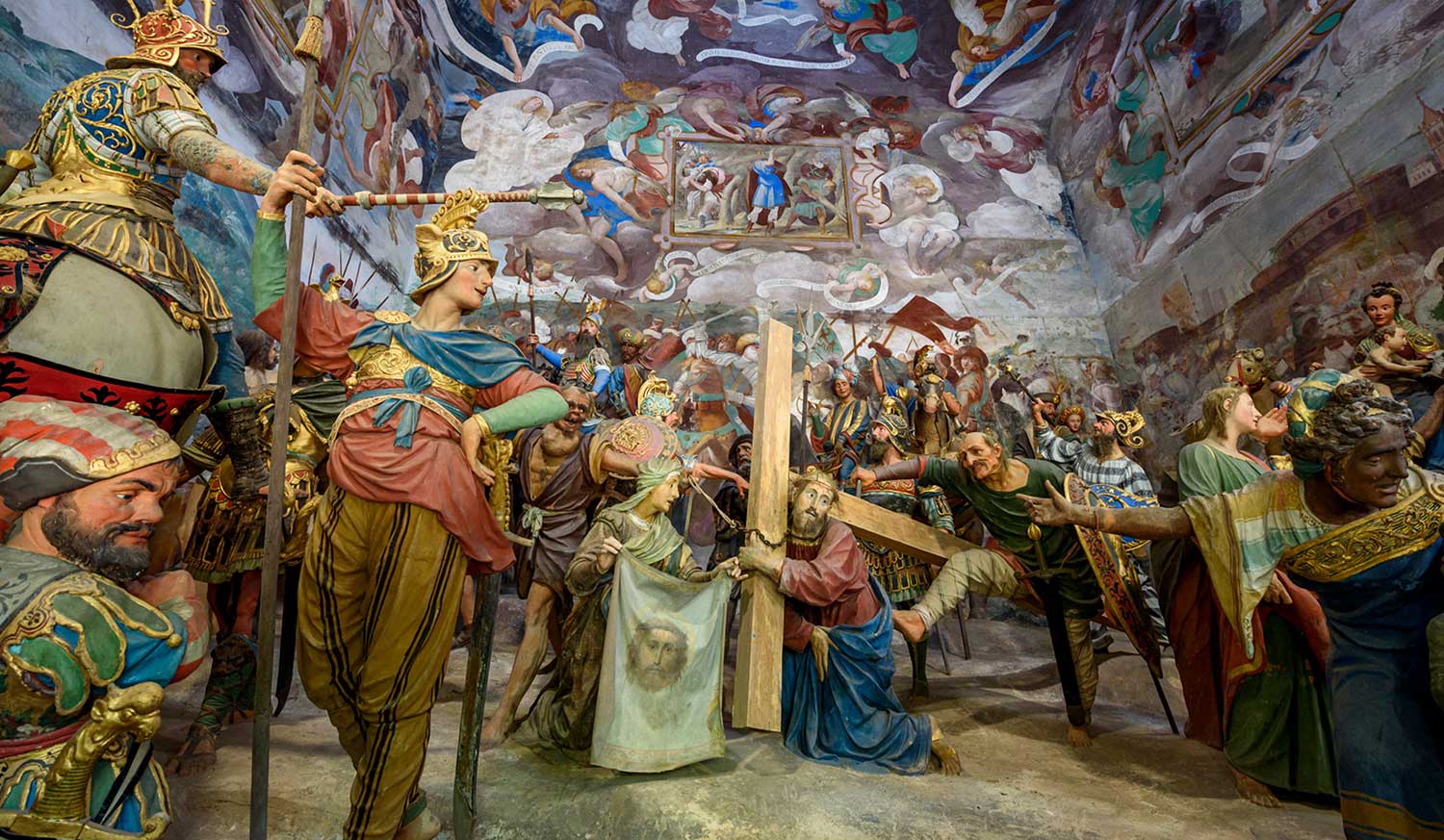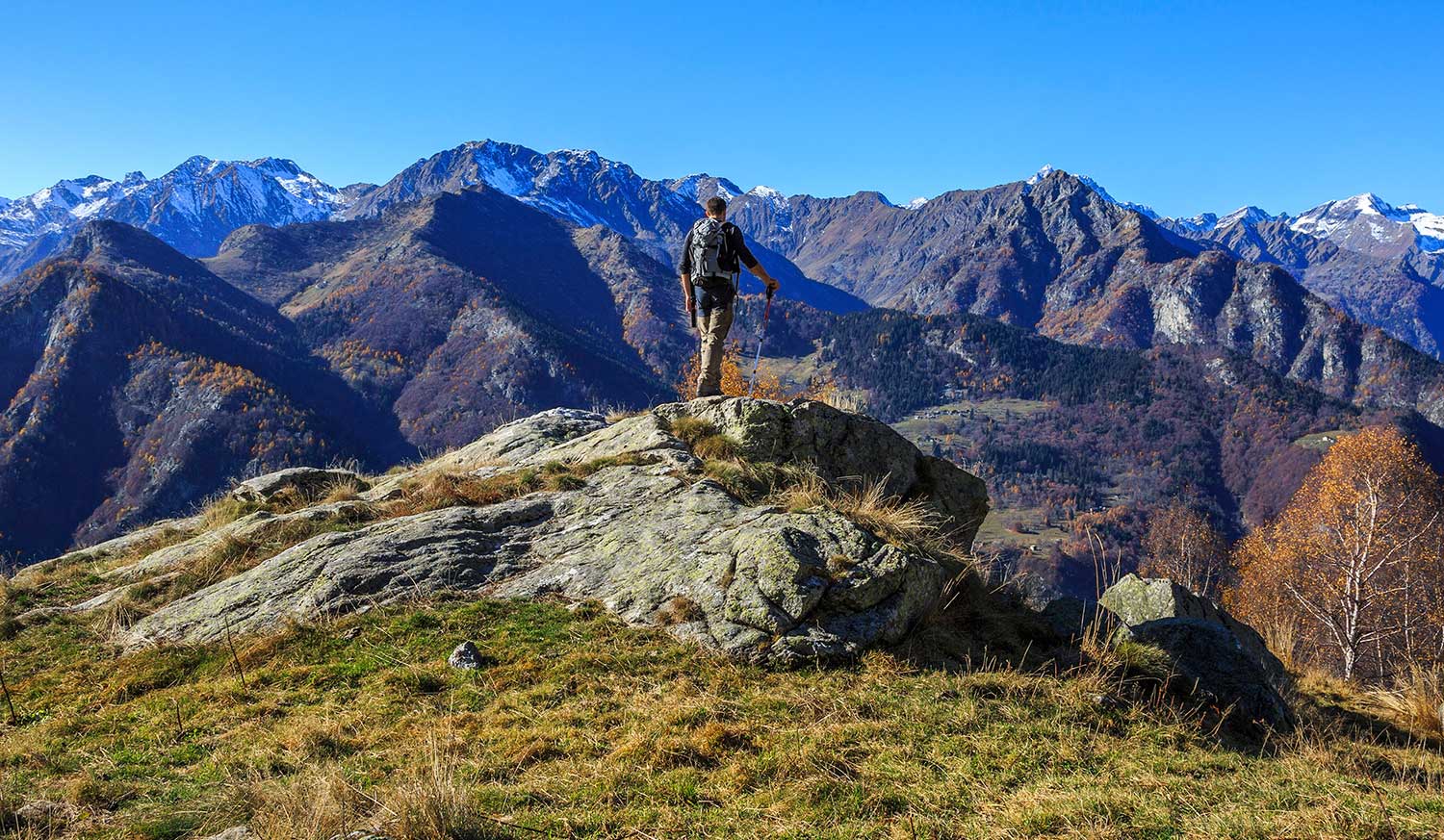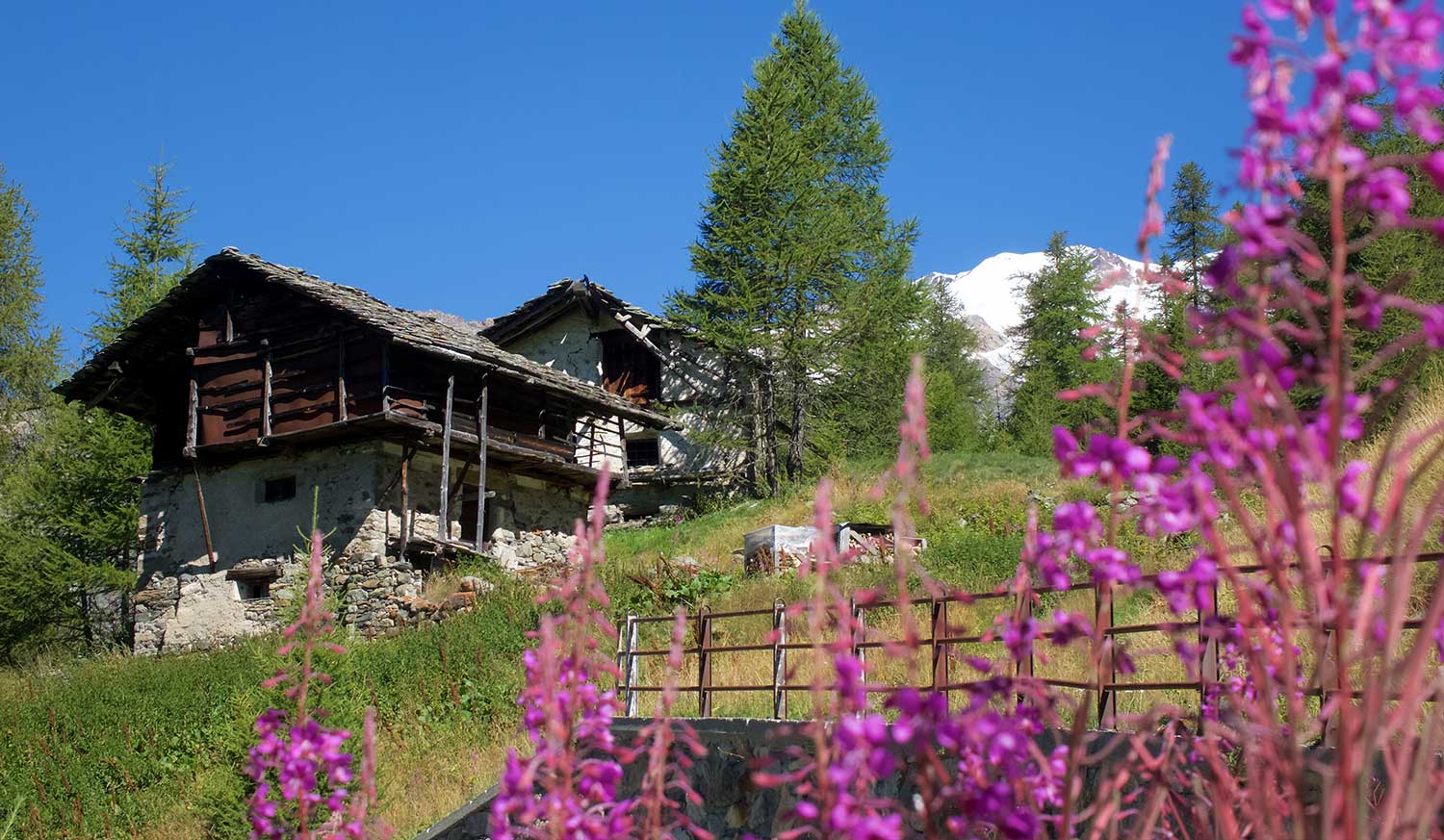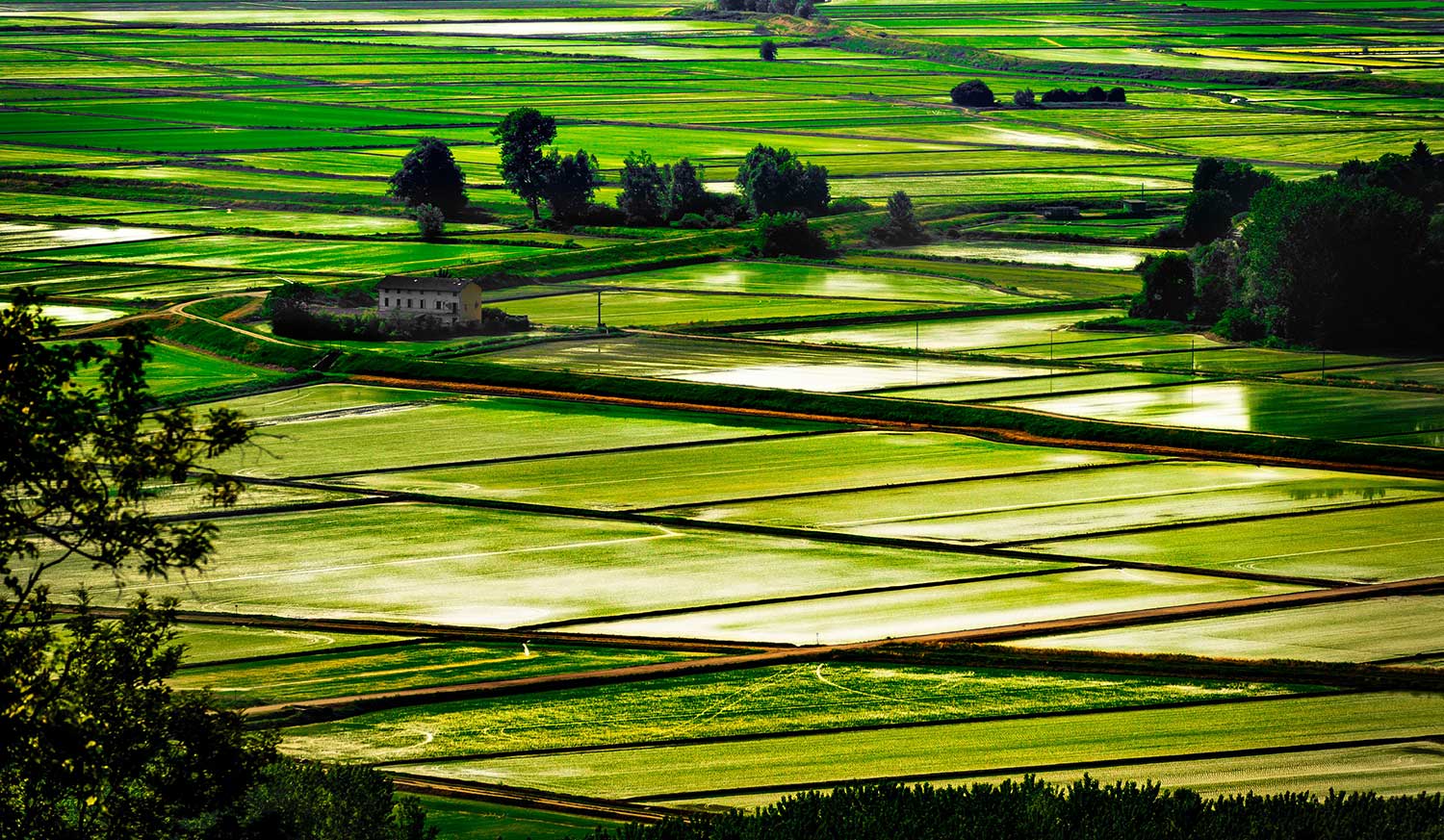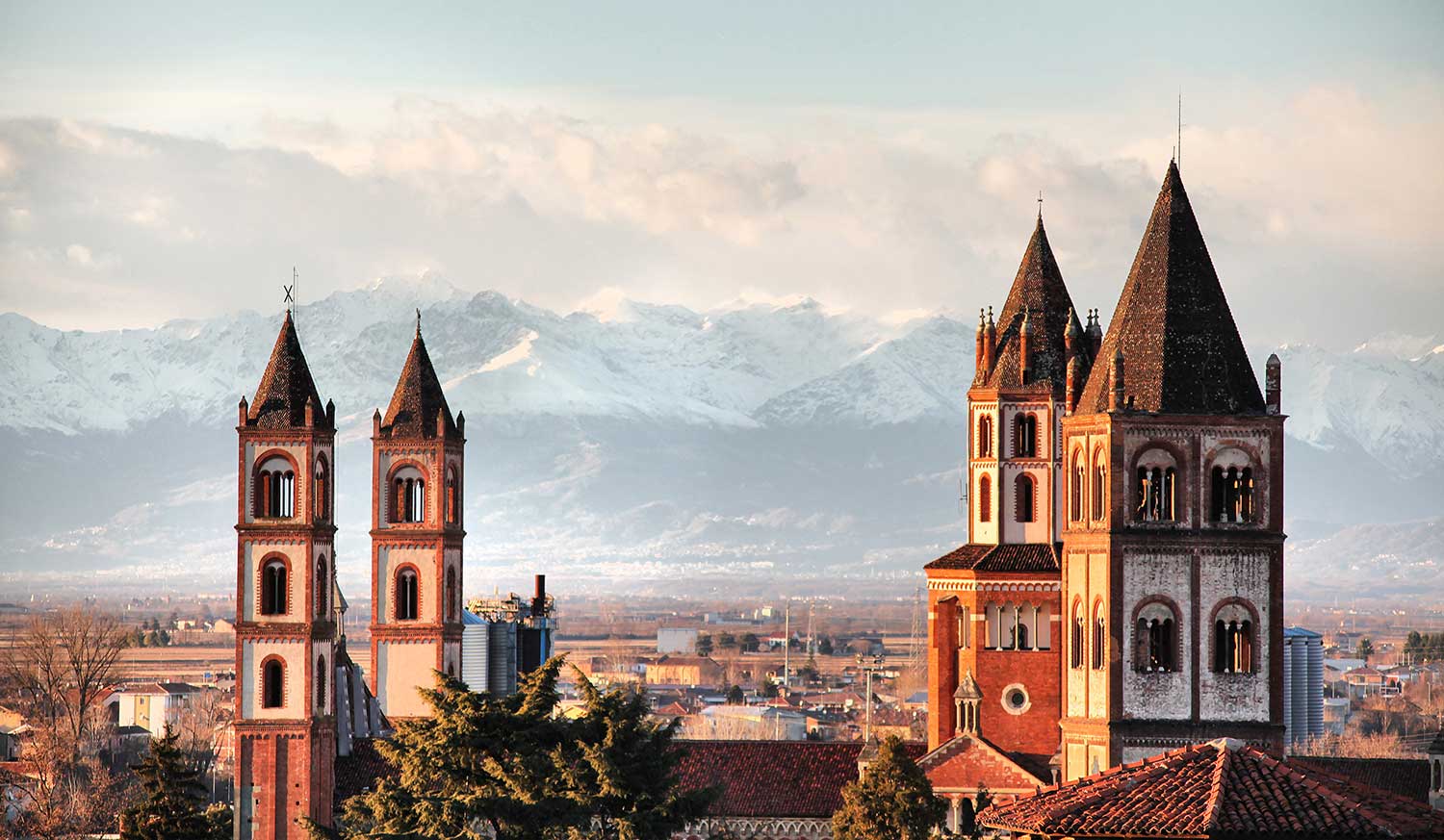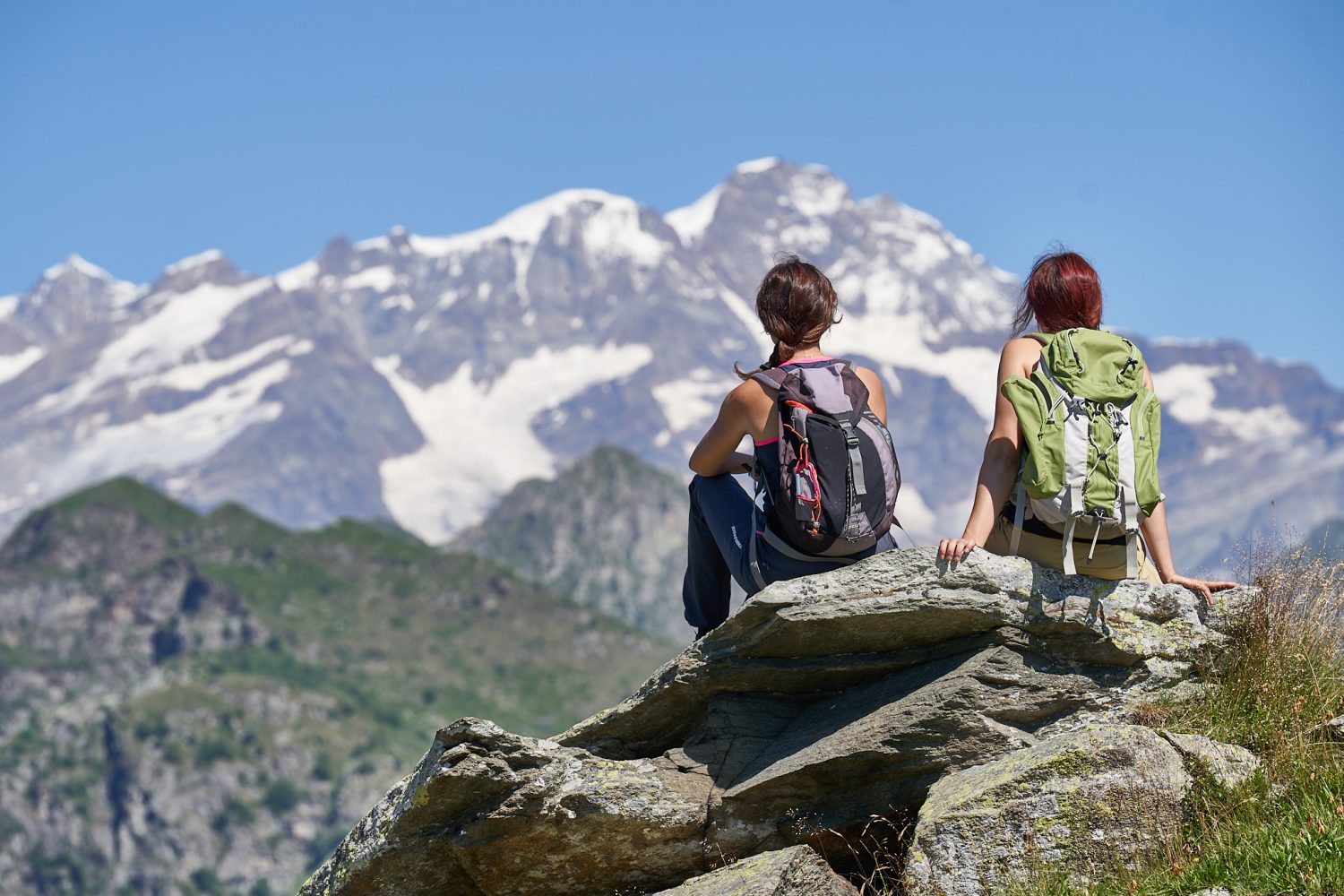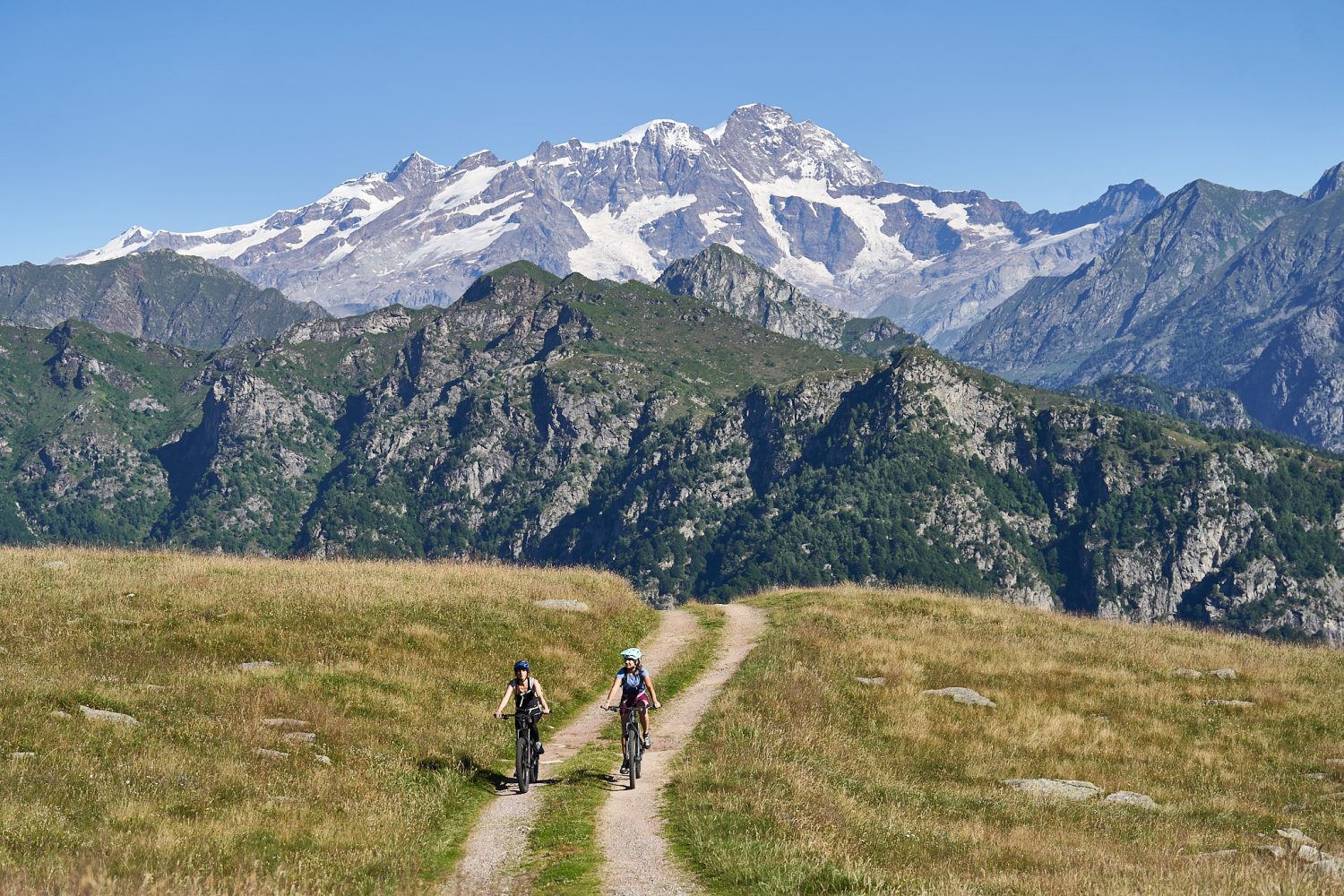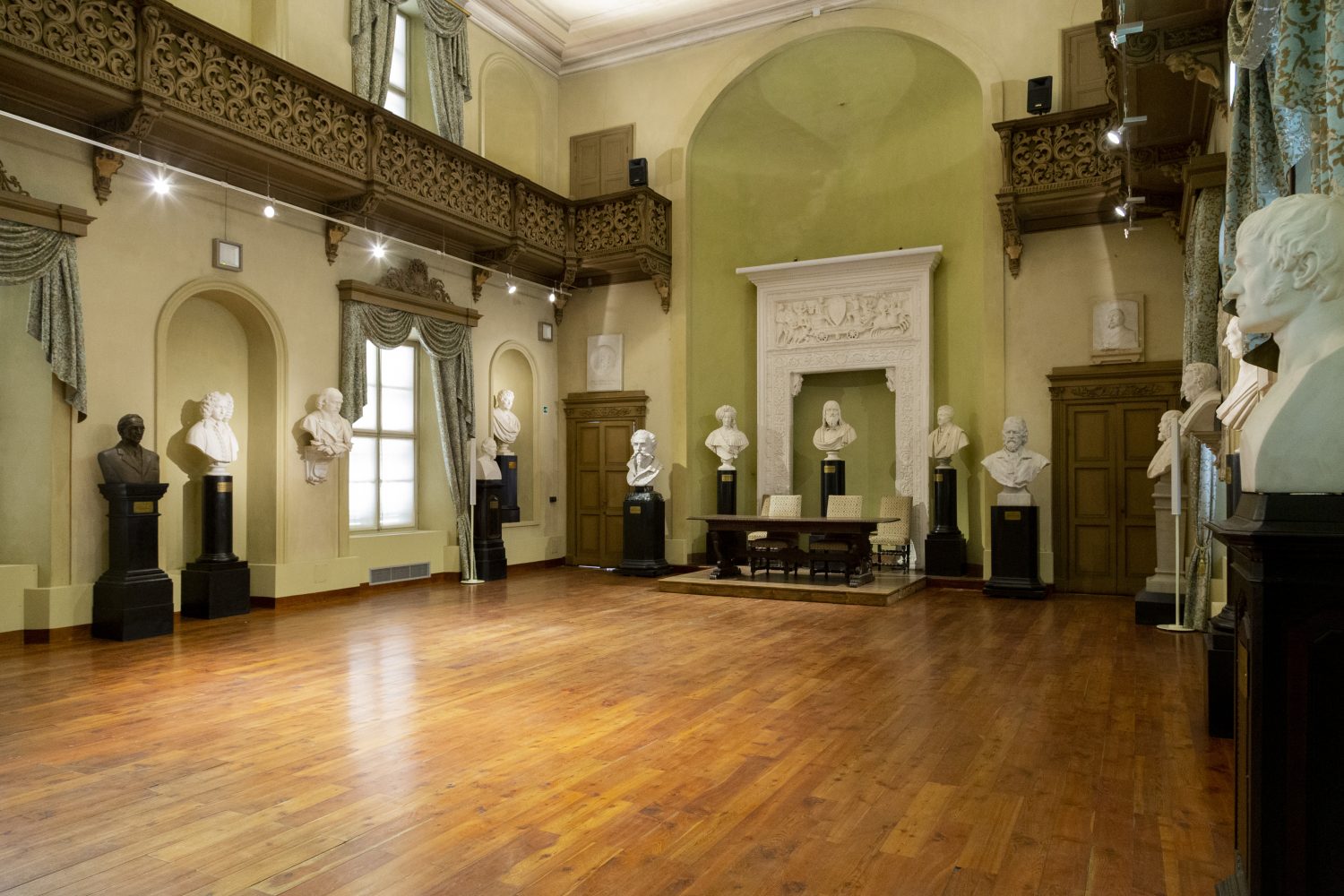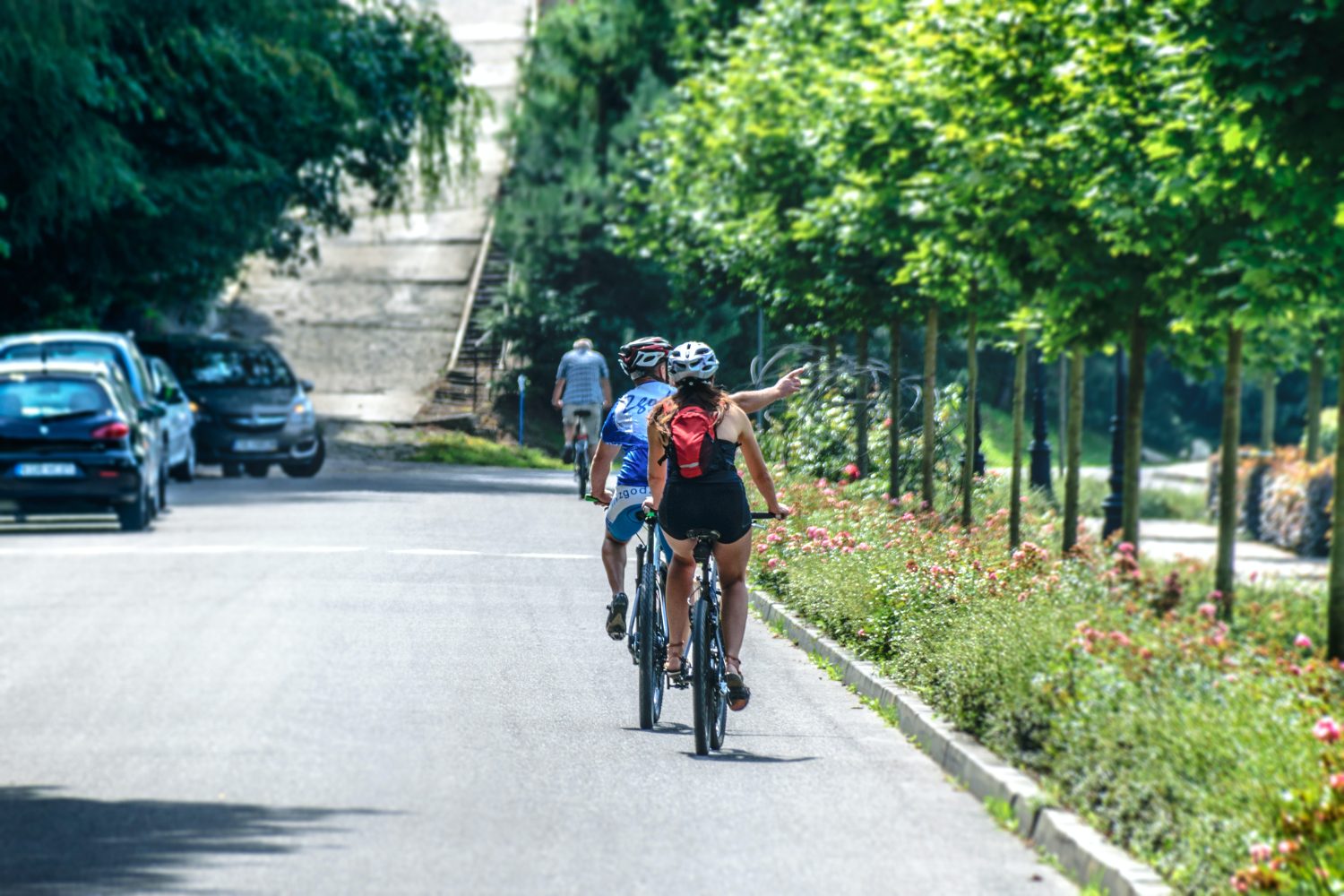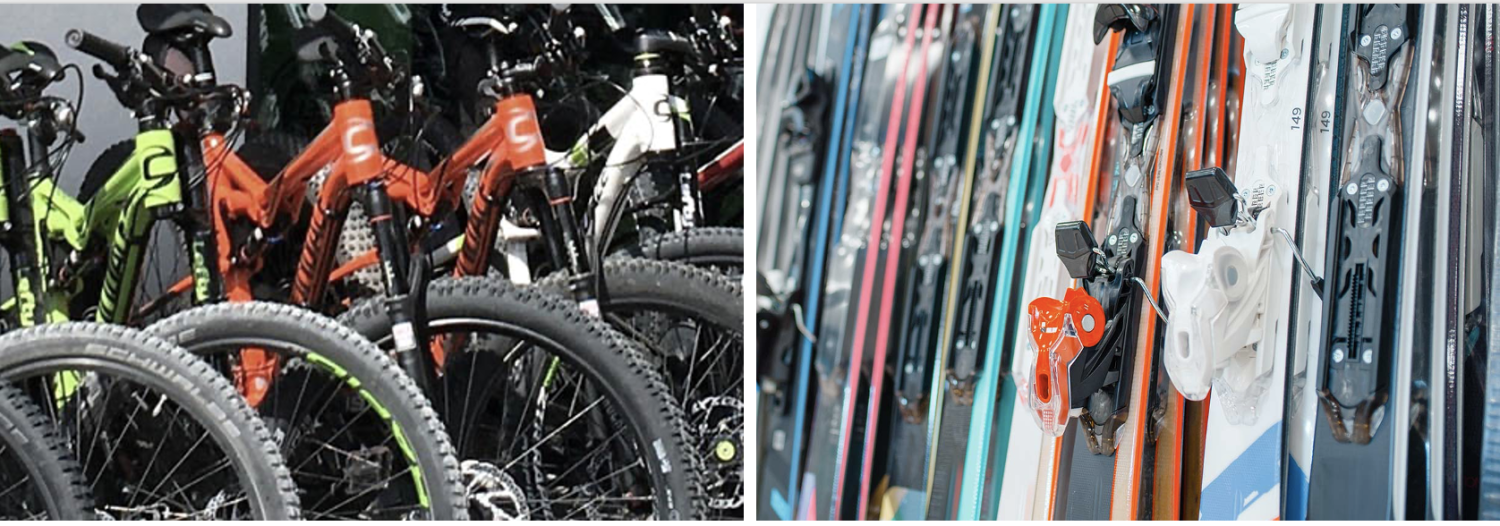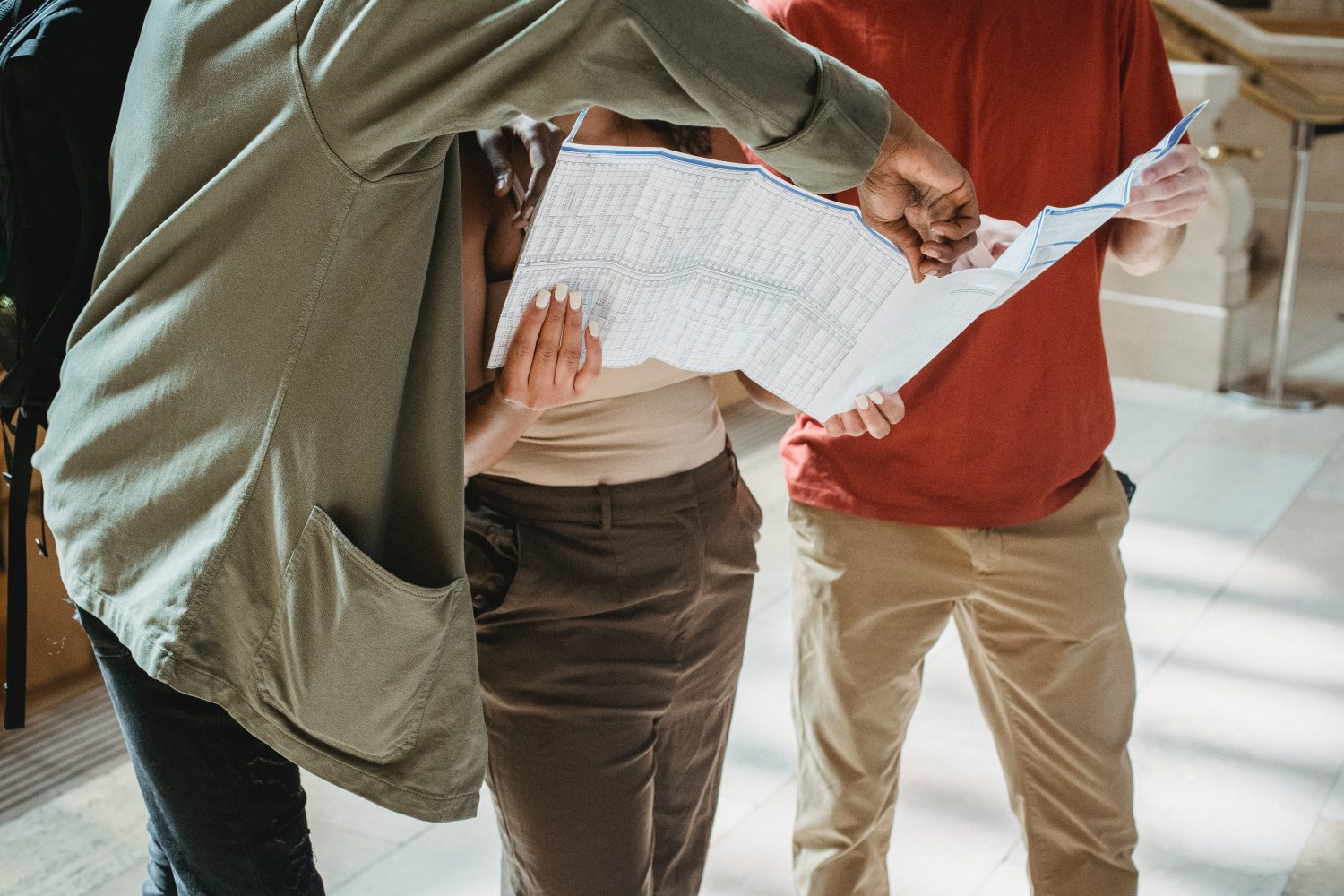
Valsesia’s super volcano
VALSESIA’S SUPER VOLCANO
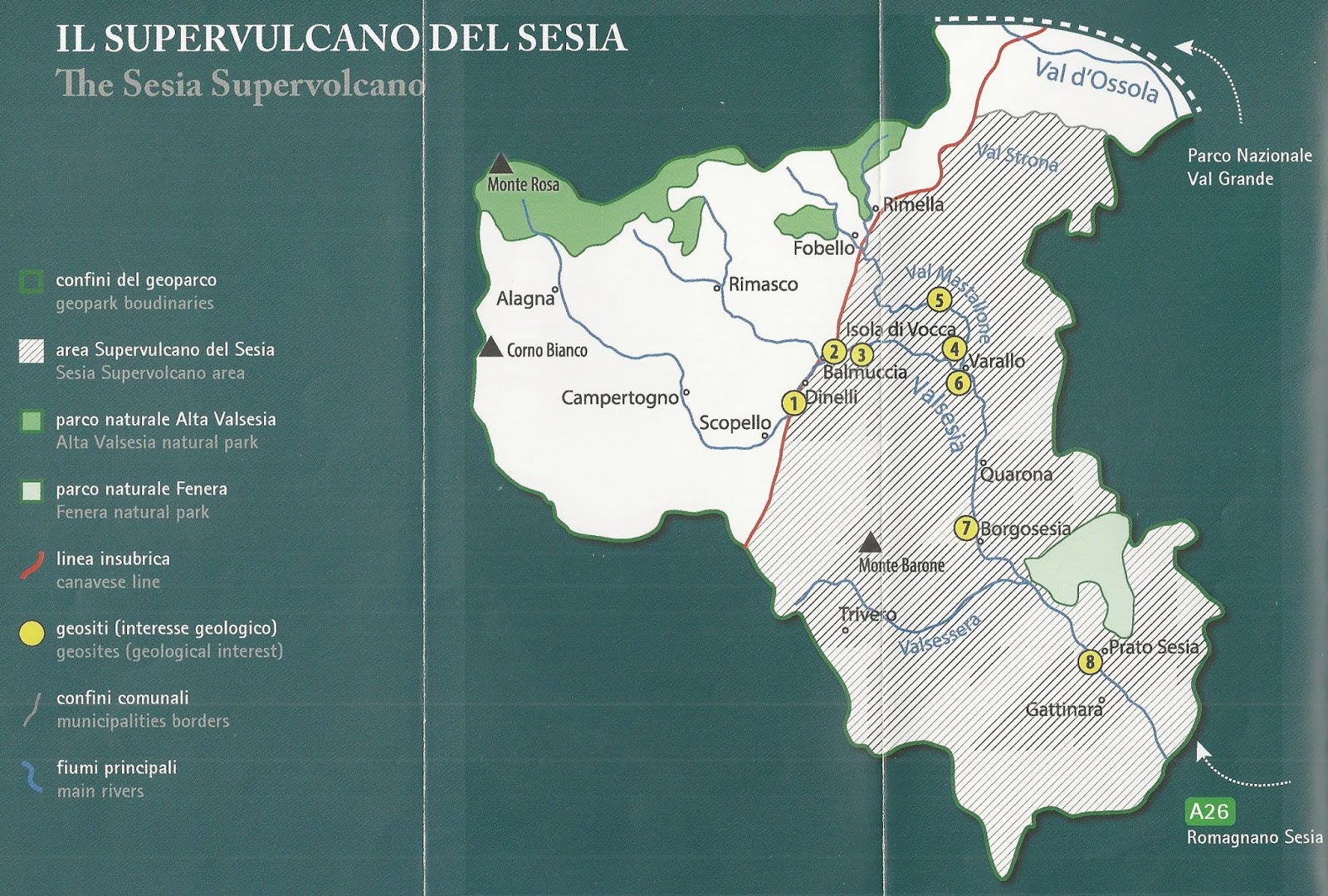
The Valsesian super volcano, located in an area stretching from Balmuccia to Prato Sesia, was active 290 million years ago. Its major and remarkable eruptions, which could even obscure the atmosphere and alter the global climate, led to the formation of a caldera (i.e. a sinkhole) spanning several kilometres in diameter. However, after 10 million years of activity, the volcano entered a phase of inactivity, finally collapsing on itself. The Alps were formed when Africa and Europe collided about 60 million years ago, following the opening of the Atlantic Ocean and the subsequent drift of the African continent. In Valsesia, the turning of the earth’s crust brought out the deepest parts of the volcano’s feeding system; thus, the entire magmatic apparatus that once lay under the volcano at a depth of about 25 km emerged, allowing us to admire parts that are usually inaccessible. It was an amazing discovery for geologists and volcanologists, who could finally analyse and understand what actually happens under an active volcano.
The discovery naturally created enthusiasm and stimulated intense dissemination activities. Indeed, training courses, conferences and guided excursions were organised to satisfy the interest and curiosity of enthusiasts, locals and tourists. A permanent exhibition was also set up at the “Carlo Conti” Museum of Archaeology and Palaeontology in Borgosesia, and a network of signs was set up to identify the places where the volcano emerged in the territory, together with descriptive panels illustrating its characteristics and peculiarities.
In 2010, procedures were initiated to establish a Geopark in Valsesia recognised by UNESCO. A geopark, according to the definition given by the European Geoparks Network, “must include a number of geological sites of particular importance in terms of scientific quality, rarity, aesthetic appeal or educational value, but their interest may also be archaeological, ecological, historical or cultural. It is a sign of international recognition and excellence, a byword for environmental protection and development”.
The Super volcano area is part of the Sesia Val Grande Geopark, which was recognised by UNESCO on 5 September 2013. In November 2015, it became part of the “UNESCO Global Geoparks”, the new priority programme on a par with World Heritage, Biosphere Reserves and Intangible Heritage. It can be seen in an area encompassing Valsesia and Valsessera, up to Lake Maggiore. To promote its particular geological features, the Geotourism Association “Valsesia’s Super Volcano” was established in 2011. In 2017 its name was changed to “Sesia Val Grande Geopark”.
geosites
Dinelli (Scopa) – Rocks of the Insubric Line, boundary between the European and African plate
Balmuccia – one of the best-preserved peridotite outcrops in the world
Vocca Island – The deepest rocks of the magmatic system deformed during the creation of the Basal Complex
Aniceti (Varallo) – Magmatic rocks of miscellaneous composition, mixed and slightly deformed during the growth of the Basal Complex
Bocciolaro (Cravagliana) – Rocks deformed during the growth of the Basal Complex
Crevola (Varallo) – Rocks between the Basal Complex and the crust
Agnona (Borgosesia) – Large outcrop showing magmatic mixture of granitic rocks Prato Sesia – Inside the sinkhole where one of the best outcrops of volcanic megabreccia is exposed
highlights and must-see places
Art and culture, ancient traditions, excellent food and wine, and countless outdoor activities.
